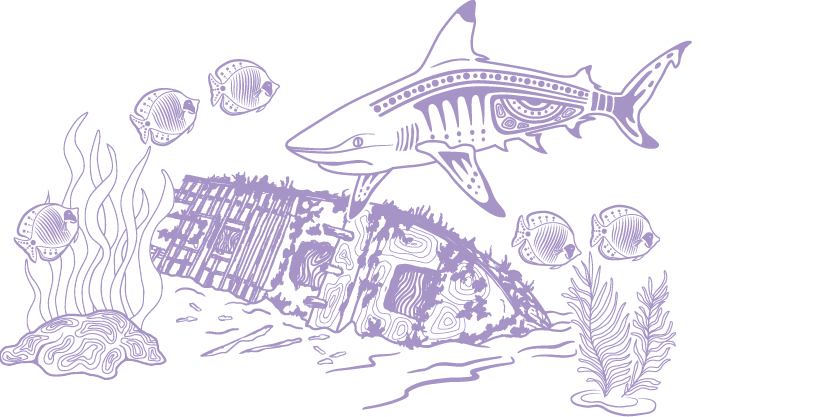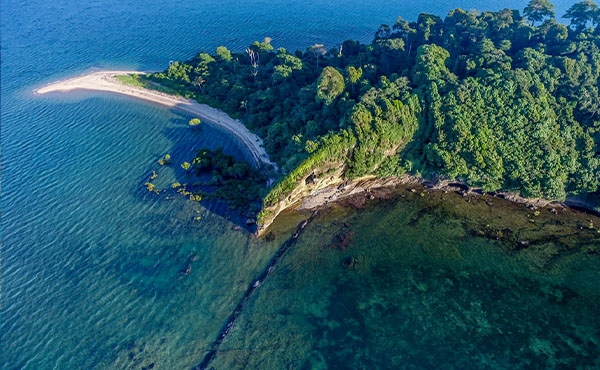Contained within the structures of its reef formations and diverse ecosystems, the modern Great Barrier Reef holds outstanding examples of the Earth’s evolutionary history.1079 Geological coring has revealed a complex history of reef growth and regression as sea levels rose and fell through a sequence of ice ages during the Pleistocene epoch.1080 Between coral reefs, the lagoon floor (Section 2.3.6) preserves records of ancient shorelines and river courses. 205,1081 The diversity of reef islands (Section 2.3.1) reflects the varied geometries and relative sea level histories of the reefs on which they formed.97 This evolutionary history not only has intrinsic value but represents a vital repository of data that can inform evidence-based responses to environmental challenges, such as climate change.775,1082
Since 2019, important advancements have extended our scientific understanding of the Reef’s evolution. These include insights into the origin of the Reef itself. One study links the formation of K’gari (formerly Fraser Island) around 800,000 years ago, and its consequential interruption of longshore drift, to the preconditions for coral formation in the Region.1083 Recent studies have considered sea temperatures,1084 turbidity,775,1085 tectonically driven subsidence of central parts of the continental shelf 1086,1087 and other environmental factors affecting the geomorphology and growth history of the Reef since the last ice age.1088
Other studies have explored the influence of reef platforms on the development and evolution of seafloor features 1089 and of reef growth patterns 1090 during periods of low sea level, such as the last glacial maximum. Halimeda bioherms (Section 2.3.8), recognised for their contribution to the Reef’s outstanding universal value,1079 have also been a focus of study.234,1091 More recent geomorphological changes have also been documented, such as the development and growth of low wooded islands.100,123 Taken together, these findings underscore the importance of the Reef as a living archive of key chapters in the Earth’s evolutionary history.


